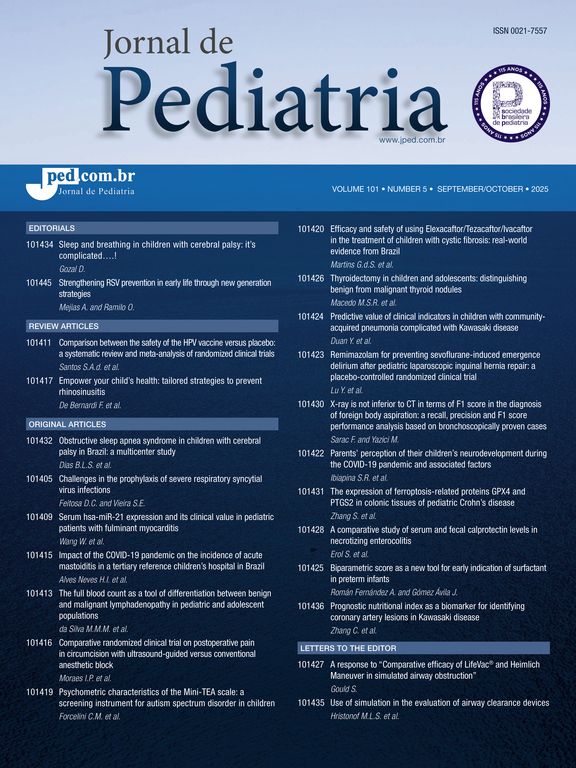This study was carried out in nine hospitals in the city of São Paulo, in 1991 (between July 1 and November 30), when 10235 live birth were born. The aim of this study was to analyze the characteristics of the 1975 pathologic newborn (PNB) who were put into those neonatal care units (NCU) of the hospitals; besides that, the most common morbidity conditions, breast feeding prevalent and therapies were studied. It was calculated the odds ratio, its confidence interval and the c2 test in order to evaluate the association between the variables and the death of the PNB. The results have demonstrated that the low weight PNB letality (especially those with weight <1500g) was higher than those PNB whose weight was > 2500g. The letality for both premature PNB and small for gestational age PNB was higher than the other categories of babies. The PNB with hypoxia until the 5th minute had the worst prognostic: their letality was 10 times higher than the other category. The PNB who had Apgar <7 until the 5th minute had twice as much letality when compared with PNB who had Apgar <7 just until the 1th minute. Conventional therapies have been used and only 25.4% have received breast feeding. Several risk factors (maternal, delivery, newborn) were associated with the PNB mortality, as well as most of the morbidity conditions. Those factors reflect the perinatal assistance in our environment.
The Impact Factor measures the average number of citations received in a particular year by papers published in the journal during the two preceding years.
© Clarivate Analytics, Journal Citation Reports 2025
SRJ is a prestige metric based on the idea that not all citations are the same. SJR uses a similar algorithm as the Google page rank; it provides a quantitative and qualitative measure of the journal's impact.
See moreSNIP measures contextual citation impact by wighting citations based on the total number of citations in a subject field.
See more







